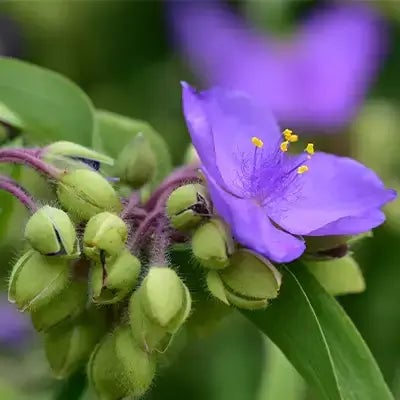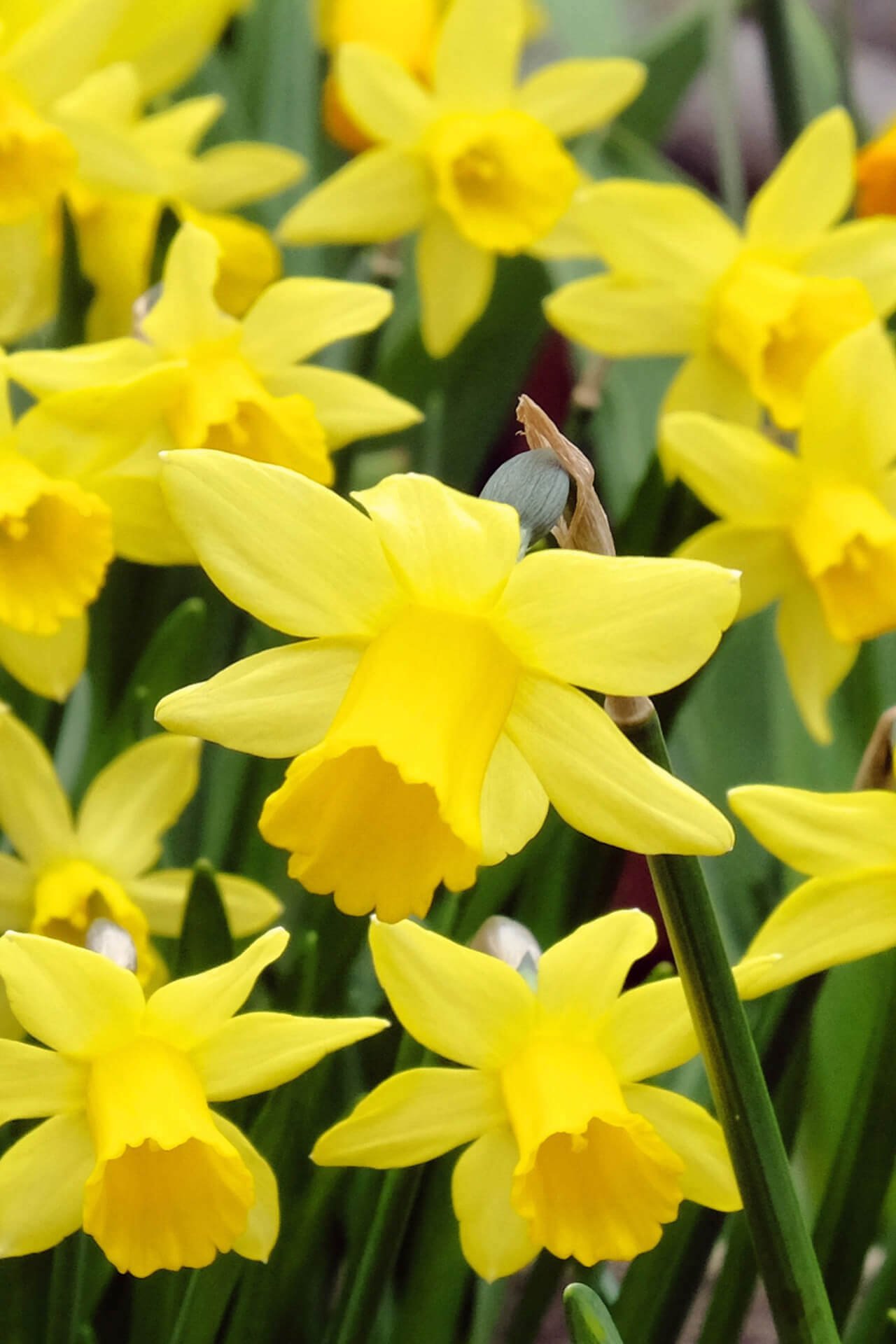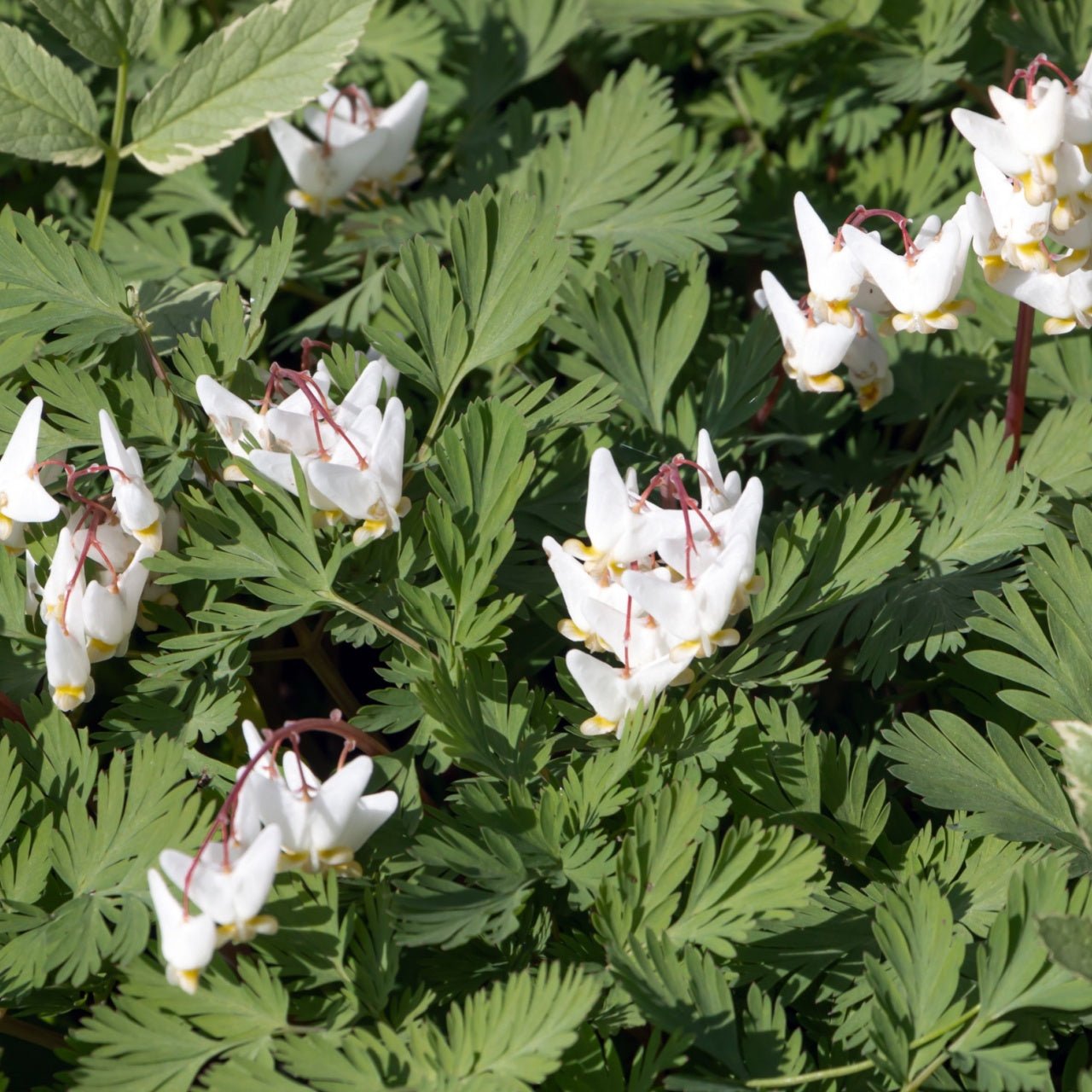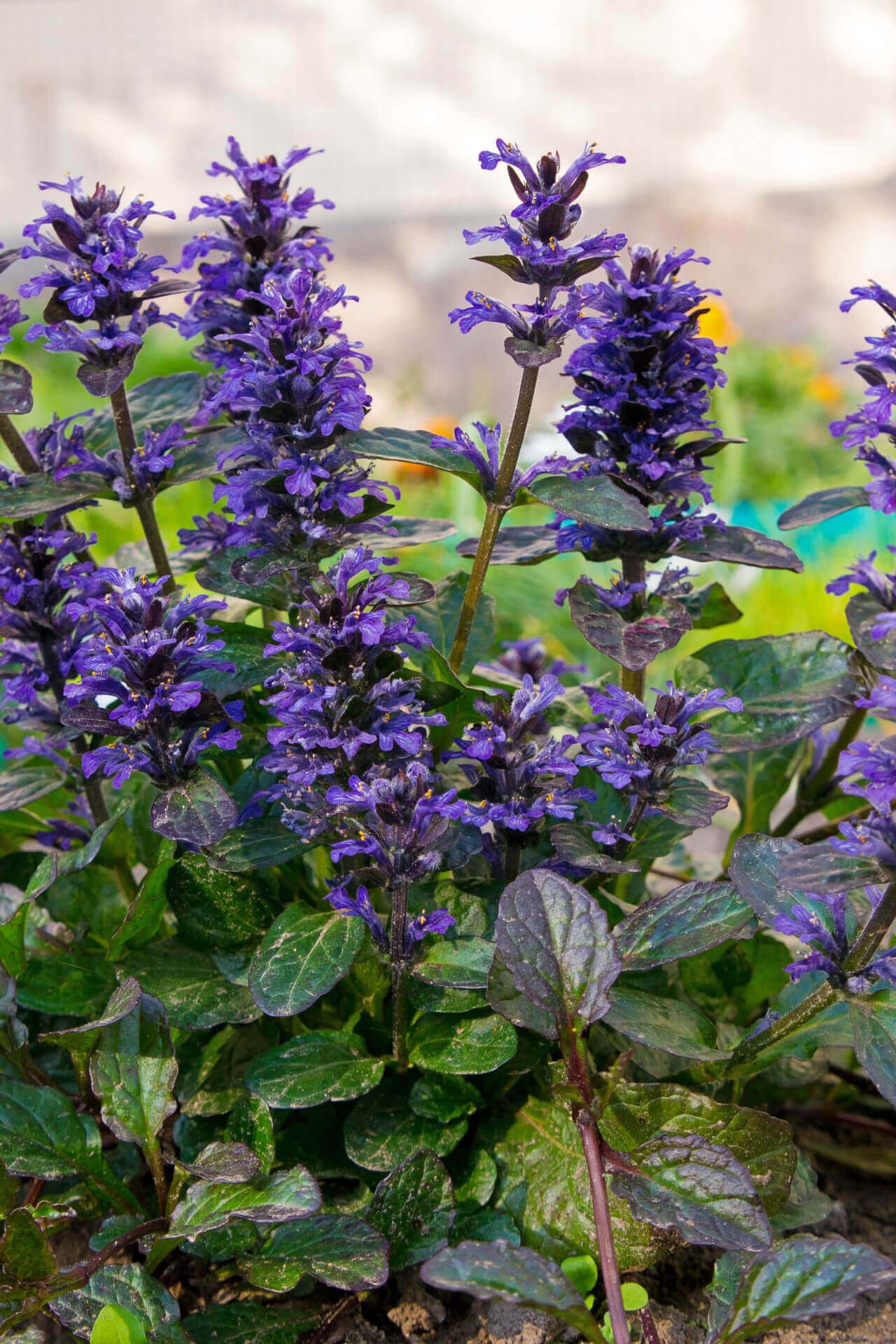If you're looking for the best perennials to grow in Ohio, you've come to the right place! This post discusses the best options for the Ohio climate.
Ohio falls within USDA Plant Hardiness Zones 5 and 6, which indicate the region's average annual minimum winter temperature.
- Zone 5: This zone covers the northern parts of Ohio and includes cities such as Toledo and Cleveland. The average annual minimum temperature ranges from -20°F to -10°F (-29°C to -23°C).
- Zone 6: This zone encompasses central and southern Ohio, including cities like Columbus, Cincinnati, and Dayton. The average annual minimum temperature ranges from -10°F to 0°F (-23°C to -18°C).
Ohio is known for its unpredictable weather, so choosing plants that withstand various conditions is essential.
1. Daffodils
Daffodils are among the best plants to grow in Ohio, thanks to their hardiness and versatility. They can thrive in various climates and soil types and bloom early in the spring, making them suitable for gardeners who want to jump on the gardening season. Daffodils come in various colors, so you can choose the perfect ones to match your garden's style.
2. Daylily plants
Daylilies are another excellent option for Ohio gardeners. They can thrive in sunny and shady areas, making them a versatile choice for any garden. Daylilies are fast multipliers, so you can quickly fill up a section of your garden with these beautiful flowers. They are also drought-tolerant, so they're a good choice for gardeners in drier climates.
3. Dutchman's Breeches
If you live in Ohio, Dutchman's Breeches are a great option if you're looking for a unique perennial to add to your garden. These spring ephemeral plants bear flowers resembling white pants hanging from a tree, hence the name. They can thrive in most climates and bloom in the springtime.
4. Ajuga reptans
Ajuga reptans is a hardy ground cover that is perfect for shady areas. It is resistant to drought and pests, making it a low-maintenance option for gardeners living in Ohio climates. Ajuga reptans come in various colors, so you can choose the perfect one to match your garden's décor. It blooms in the springtime and spreads quickly to cover a large area.
These are just a few of the best perennial plants for Ohio gardens. These plants are an excellent place to start if you're looking for flowers that can withstand unpredictable weather. Be sure to research your local climate and soil type before selecting a plant. If you’re not sure what climate or hardiness zone you're in, you can check here.
Shop Our Perennial Flowers
Visit our online shop for a wide selection of plants and trees, or come say hi at our store location in Tennessee!
We offer fast shipping nationwide so you can start transforming your garden today!
If you have any questions about growing perennials in Ohio or if you have any other plant needs, don’t hesitate to contact us at [email protected], we’d love to hear from you!
Read more

Climate change and habitat destruction are reducing the number and types of insects worldwide. Since about two-thirds of the food we eat is pollinated by insects, our own survival may hinge on thei...

Imagine walking through your backyard garden and instantly being welcomed by stunning flowers with bright colors that spread a pleasant aroma in the air. You can do just this by planting wildflower...






